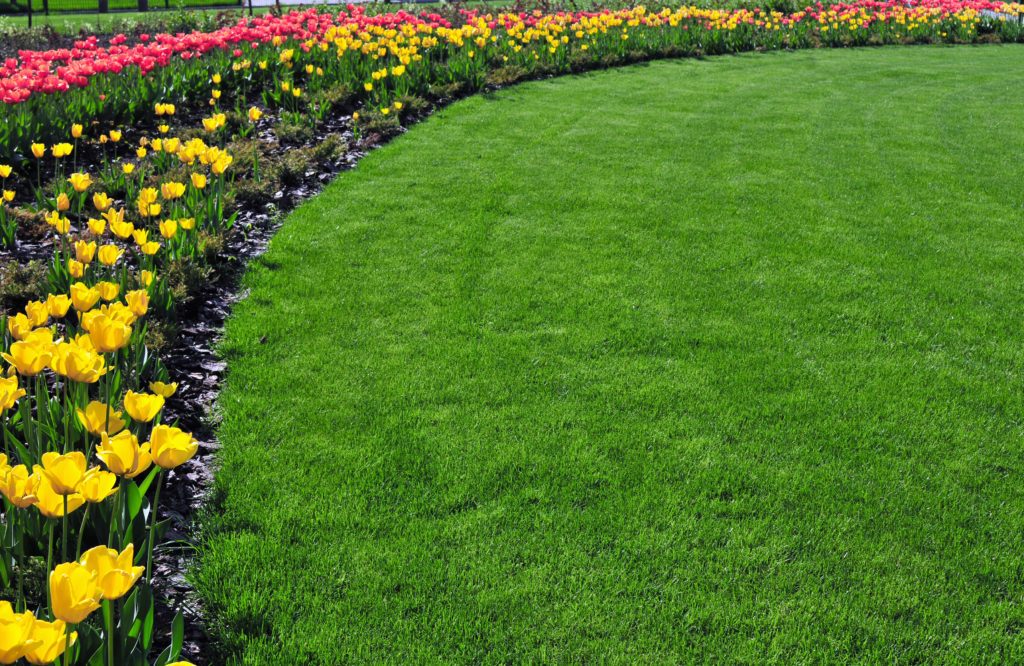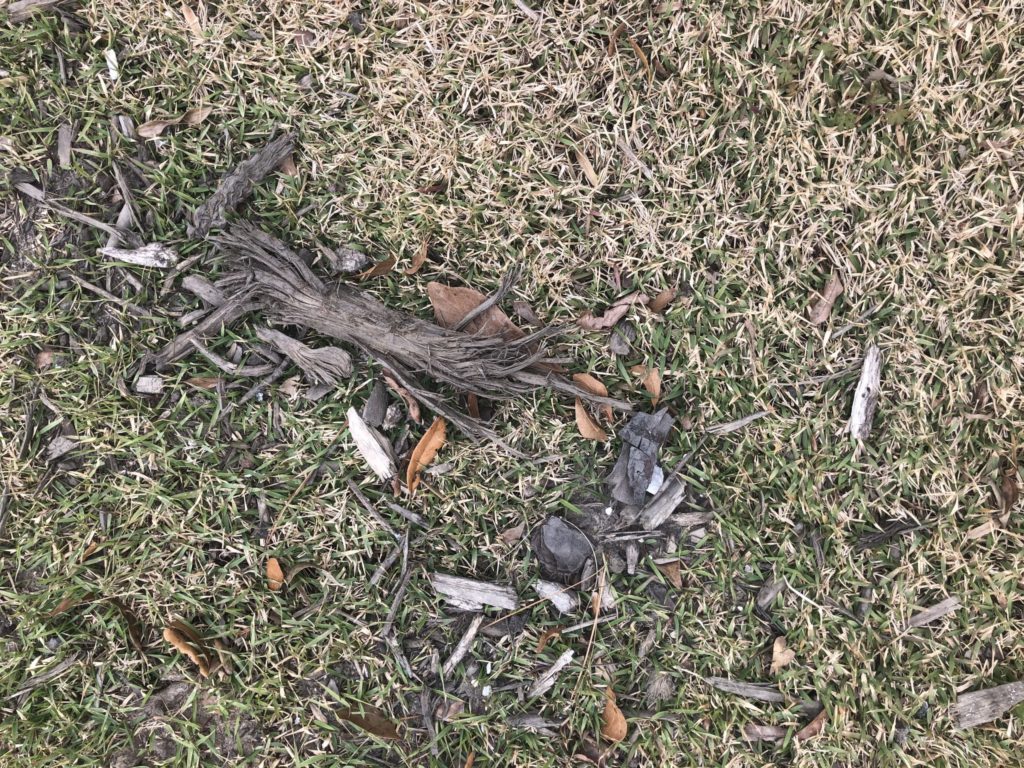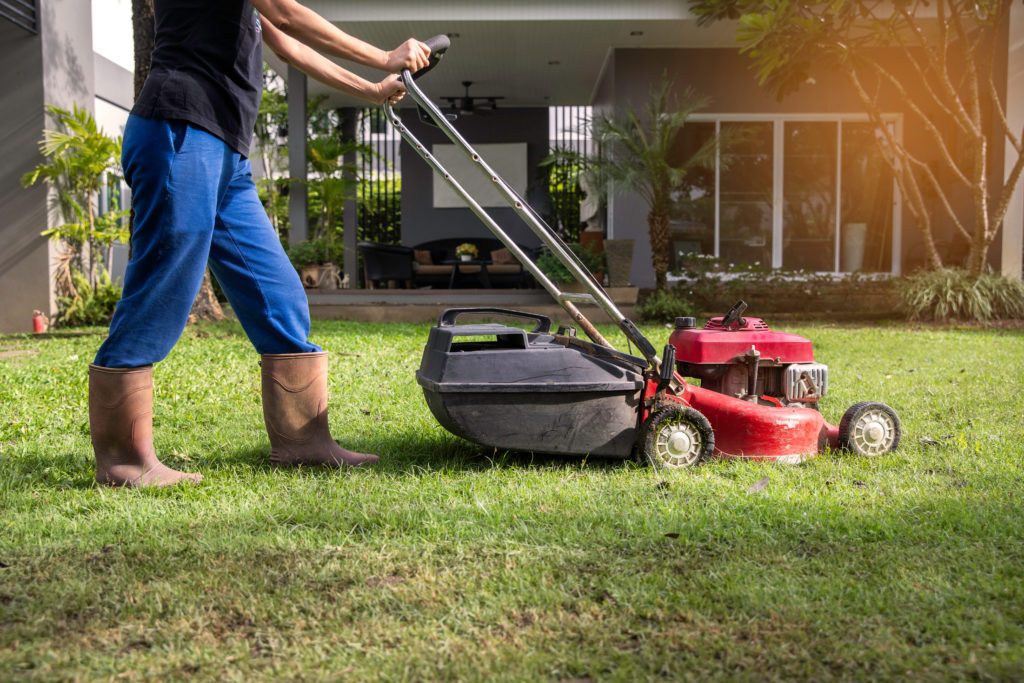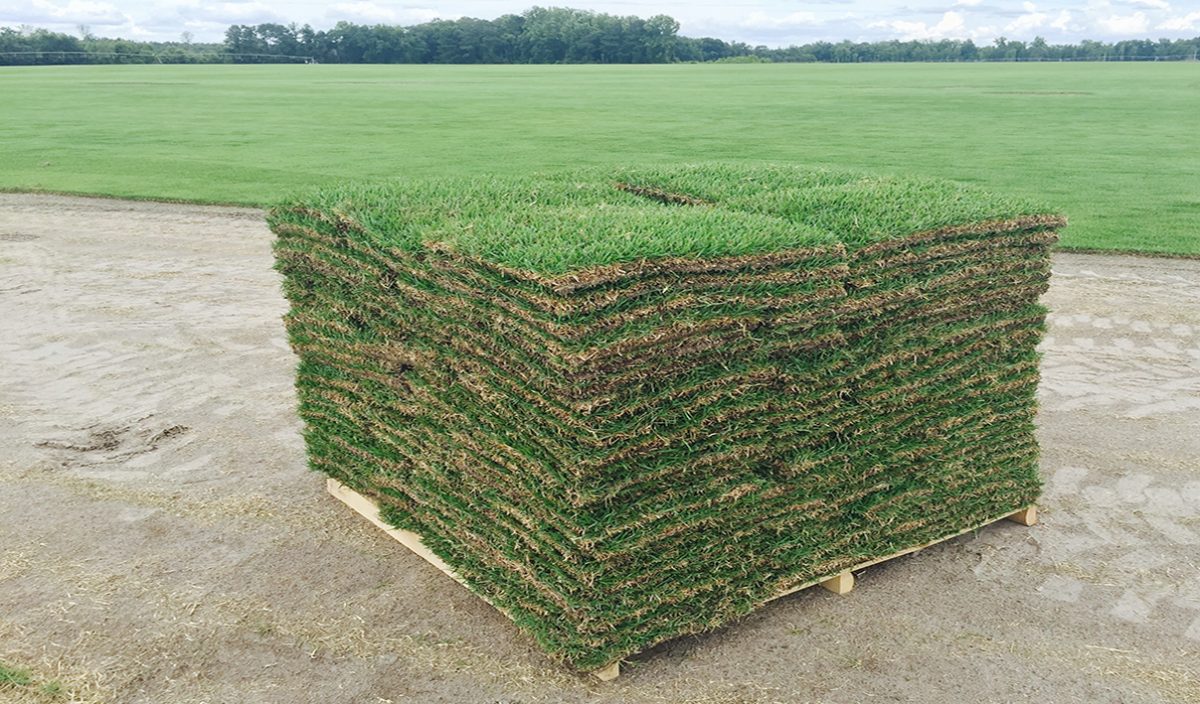Credits to our friends at Sod University

How to Get Your Lawn Ready for Spring
Spring will be here before you know it, and the time to get your lawn ready is now. It’s best not to wait until the days become longer and warmer to begin prepping your lawn; there are a few simple things you can do now that will make all the difference this spring and summer. Today we are sharing a simple checklist of pre-spring lawn tips that are sure to pay off in the coming weeks and months.
1. Clean Up Winter Debris
Winter weather brings fallen leaves, branches and other yard debris that has likely collected on your lawn over the course of the cooler months. A little picking up and raking will get your yard back to square for the spring season.

2. Apply a Pre-Emergent Herbicide
To avoid pesky weeds from cropping up and ruining your lawn before spring rolls in, apply a pre-emergent herbicide. The purpose of a pre-emergent is to stop weed germination early so that your turf can thrive. A pre-emergent, as its name suggests, prevents weeds from emerging in the first place—this is useful if you are expecting the same kind of weed to appear annually or to control weeds before they appear so that you can reduce labor spent outside hand-pulling them.
3. Apply a Fungicide
It can be hard to spot a disease if your lawn hasn’t started coming out of dormancy and turning green yet—everything may still look brown. If you suspect disease in your lawn or have had disease around this time of year in the past, it is recommended for you to apply a fungicide at a preventive rate first. Being safe is always better than being sorry. We have listed a few recommended fungicides below, but it is important to purchase a fungicide that targets the specific type of disease you’re dealing with. Combining fungicide chemistries is the most effective way of targeting and treating a disease in your turfgrass.
4. Begin Researching a Fertilizer Regimen
To maximize the health and beauty of your lawn, an appropriate fertilizer regimen is essential. It’s important to note that you will not want to apply fertilizer until your lawn has fully come out of its dormancy or else it won’t be effective—it is similar to feeding a pill to someone who is sleeping. Instead, use this time to start scoping out fertilizers that fit your lawn’s needs.
5. Don’t Wait to Mow

As soon as your lawn begins to see growth again, it’s important to begin mowing. Allowing grass to grow too tall can hinder root health and causes a variety of other issues in your lawn. Aim to mow at least weekly, if not more often in the early spring. During the first mow of the year, you will want to scalp and bag your fully established bermuda and zoysiagrass. This helps reduce amounts of thatch, which chokes your lawn off from sunlight, fertilizer or water. Your first mow should take place around mid-March. If it ever quits raining.
